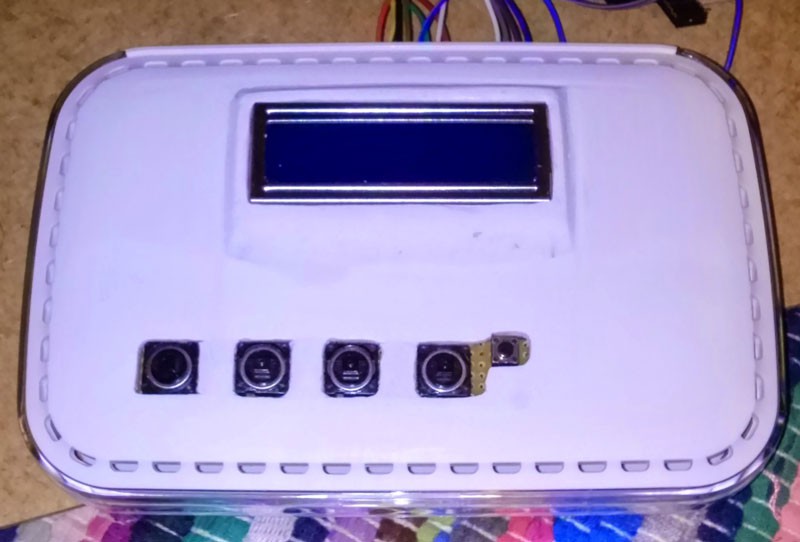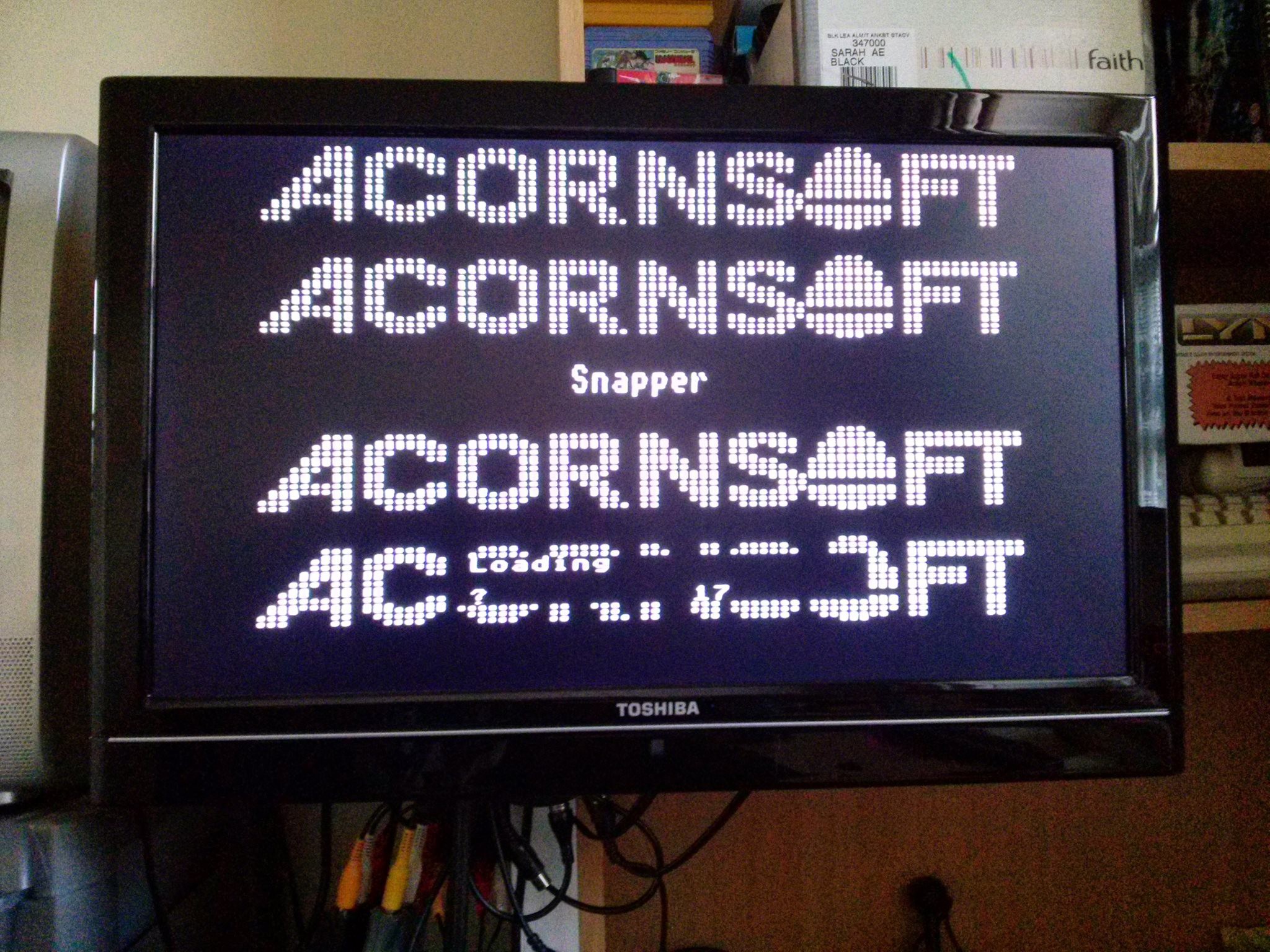As i managed to do most of the work before starting the project on here there's not much to update, but initial tests with an Acorn Electron seemed to work ok.
I have found the wave files need to be as close to a square wave as possible (i usually achieve this by amplifying the hell out of the file in a WAV editor so it clips before putting it onto the SD card). The Electron seems to cope with the filtered PWM output better compared to the not so sine wave shaped sine wave versions. Checking the output from TapDancer (android app) it throws out a square wave too, so i must be doing something right.
I need to lay my hands on another machine, or persuade someone else to build one, to see if this is true for other 8-bit machines. I have a C64 i can try (using the trusty in car CD-Tape adaptor) but it would be great to hear from anyone else who gets one to work.
 sad_ken
sad_ken
